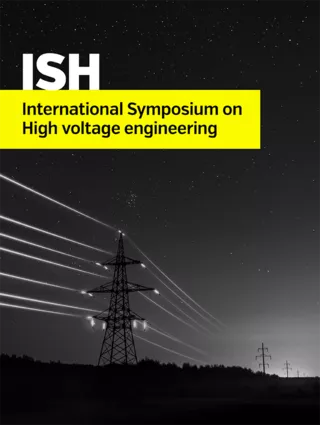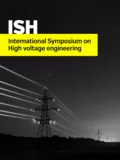Summary
The polymer material industry evolution has led to an increase use of polymeric insulators on distribution lines recently. Polymer has several advantages over ceramic or glass as insulating material, such as strong mechanical properties, robustness against vandalism, and it is cheaper to produce. However, it is vulnerable to ultraviolet radiation and air pollution, two important factors for unsheltered equipment. One phenomenon that insulators are subject in the field is called tracking, which can cause an insulation fault or heat up and destroy the component by erosion. A test method to ensure the material resistance is to apply high voltage to five specimens from the same material at the same time during 1 or 6 hours phases. A small flow of liquid contaminant solution with ammonium chloride (NH4Cl) is used to simulate and accelerate the tracking and erosion in severe ambient conditions. This is a long test which demands constant inspection during preparation, execution and conclusion phases. This paper aims to describe the project of an equipment that performs a fully automated test of any polymeric insulation material in accordance with the ABNT NBR 10296:2014 and IEC 60587 standards. The equipment uses a frequency drive that generates the high voltage through a potential transformer, so that it can operate in either 50Hz or 60Hz. It has a pneumatic circuit breaker to safely turn off a specimen in case of insulation fault, and a controlled peristaltic pump with flow rates varying from 0.02 mL/min up to 1 mL/min for the contaminant liquid. It also combines independent measuring equipment, which acquire real time current data of insulators, with a supervisory software to guarantee safe and remote operation. With some initial adjustments, the equipment can control the tests duration, can measure and record the electrical current of each specimen, can shut down the ones that extrapolate the current limits or ignite, can record images of the test area, and can provide all this information over internet. Moreover, the measured data is converted in graphs allowing the operator to assess each specimen during test time. All tests provide unique leakage current peaks, which can be combined to build a timeline and look for patterns of different materials at different voltage levels. Partial results have indicated a correlation between heavy oscillation in the current graphs and combustion or fault probability.
Additional informations
| Publication type | ISH Collection |
|---|---|
| Reference | ISH2017_578 |
| Publication year | |
| Publisher | ISH |
| File size | 882 KB |
| Pages number | 6 |
| Price for non member | Free |
| Price for member | Free |
Authors
A.A.L. GOMES, T.M. DE CARVALHO CARNEIRO, G.M.F. FERRAZ, A.A.A. DE QUEIROZ, G.S. BASTOS



